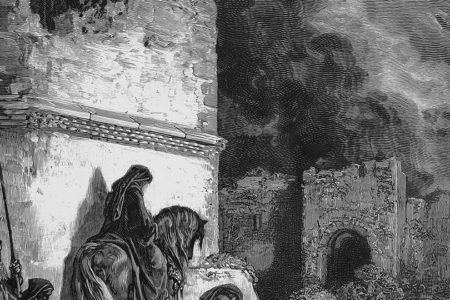Israel’s Babylon Experience
Exile of Judah into Babylon Captivity
606 BC. Jehoiakim taken captive, along with Hebrew young men, among whom were Daniel, Shadrach, Meshach, and Abed-nego; also taken were some of the vessels from the Temple in Jerusalem.
597 BC. King Jehoiachin taken captive, along with all the princes, all the mighty men of valor, and all the craftsmen and smiths (approx. 10,000); included in this group was the Prophet Ezekiel.
586 BC. King Zedekiah taken captive, along with all the inhabitants, except the poor of the land; Jerusalem and the Temple destroyed.
Fall of Babylon, 539 BC
538 BC. Cyrus the Persian issues decree for the exiles to return home.
Return of the Exiles to Judah
534 BC. 49,897 returned under Zerubbabel (Ezra 2:1–2, 64–65)
457 BC. Ezra and a latter generation returned (Ezra 7:6–8)
445 BC. Nehemiah returned (Neh. 1:5–11; 13:6–7)
Only a remnant of Judah came back to the land in these returns, while a significant number, probably the majority of the population, remained in the East. At the time of Esther, the Jews killed 75,300 of their enemies in the Persian Empire (Est. 9:15–16), and it is likely that the slayers outnumbered the slain. There is also evidence of a Jewish community at the time as far away as Sardis in Asia Minor, as well as the Jewish colony on the island of Elephantine in the Nile River of Egypt, which flourished during the fifth century BC.








